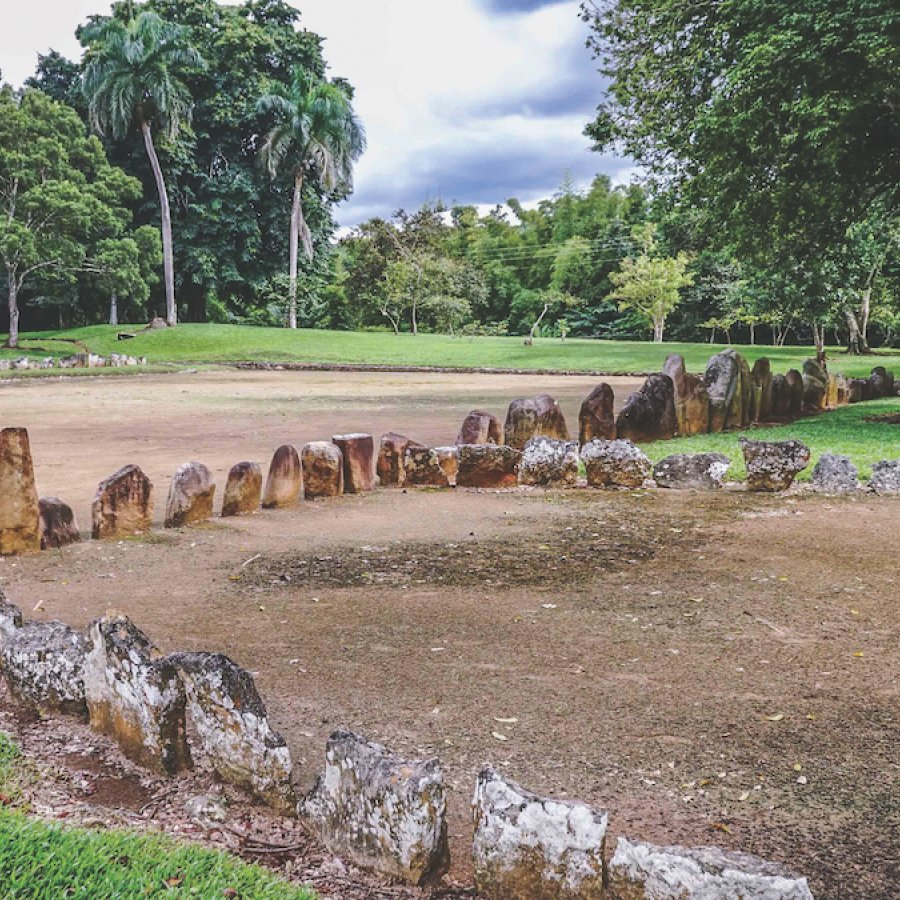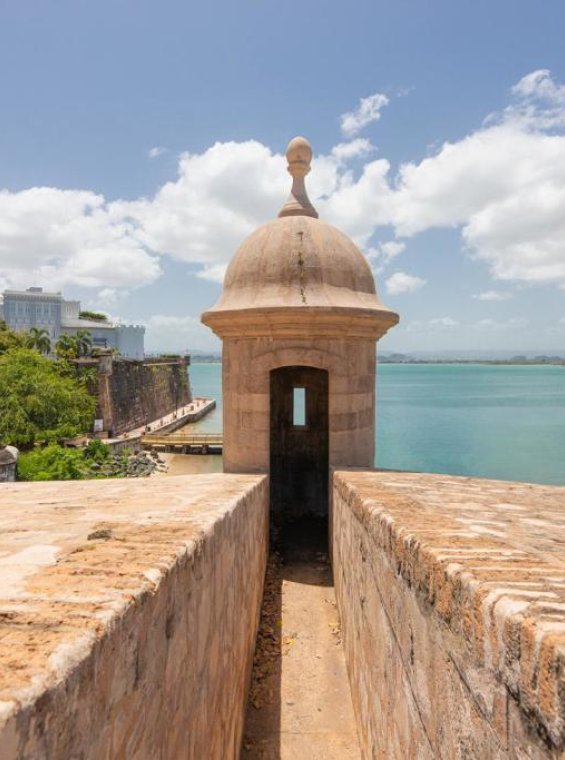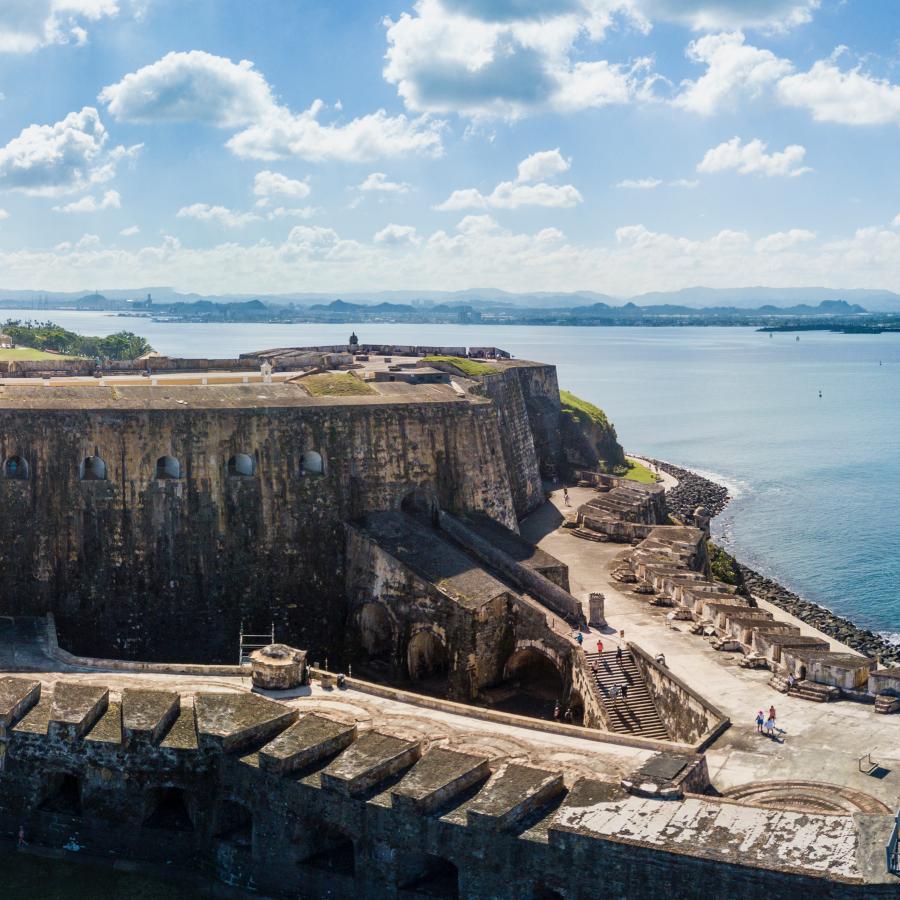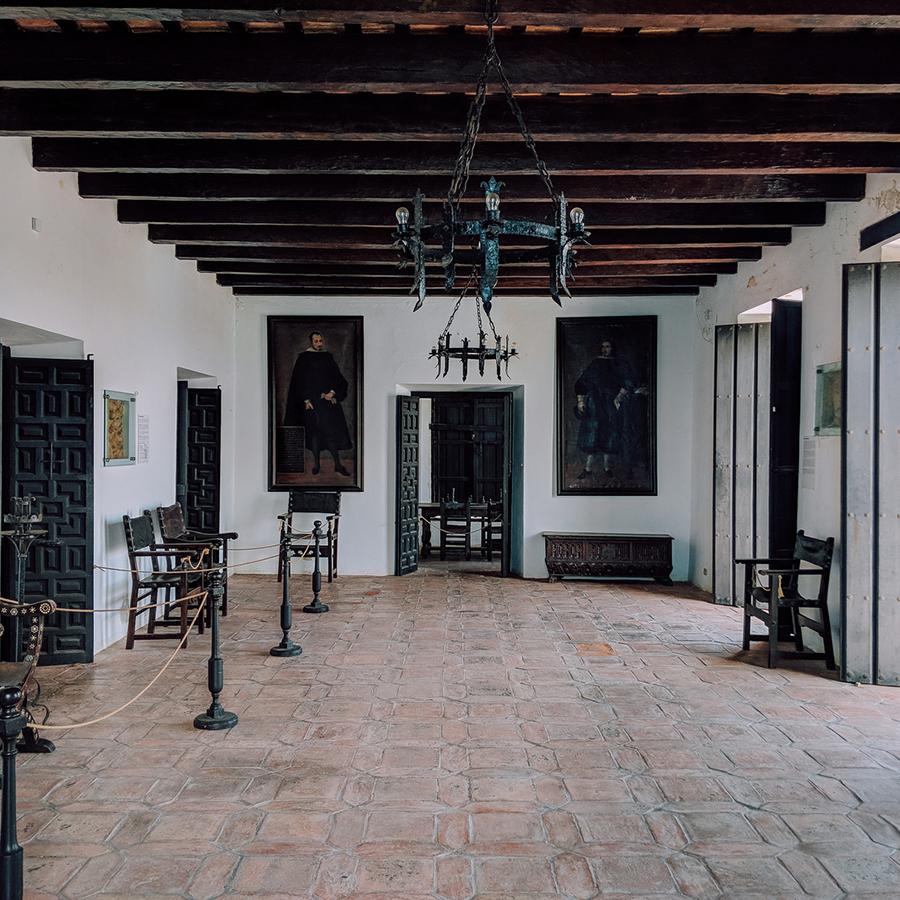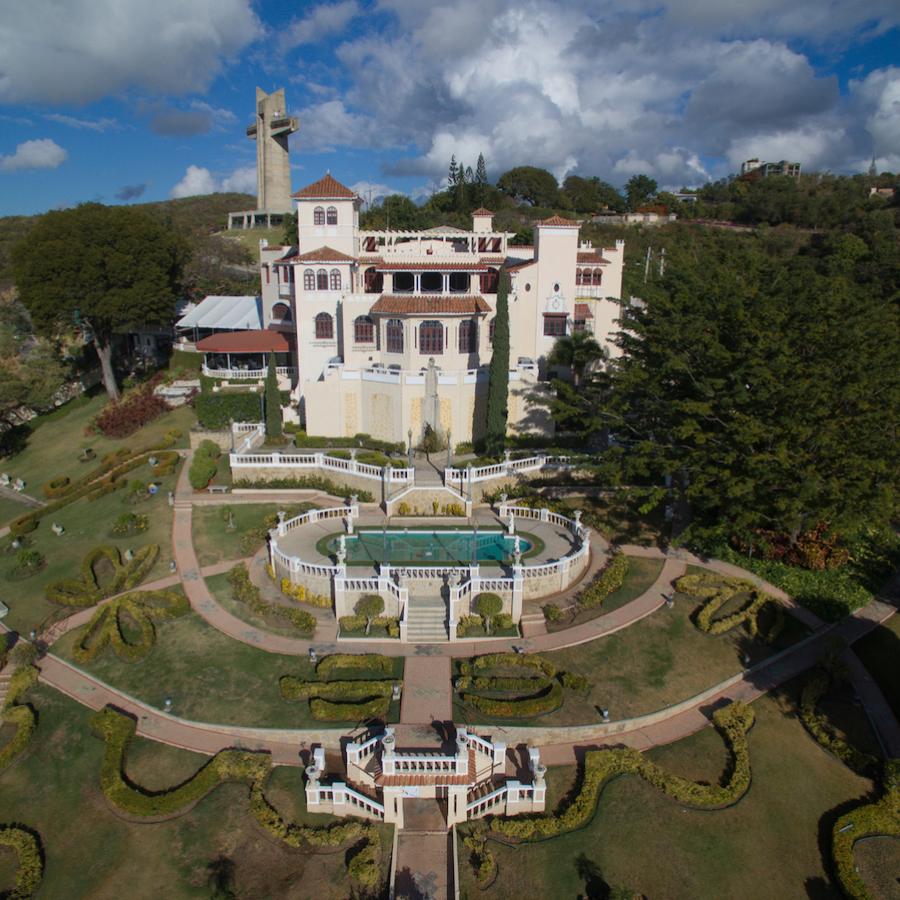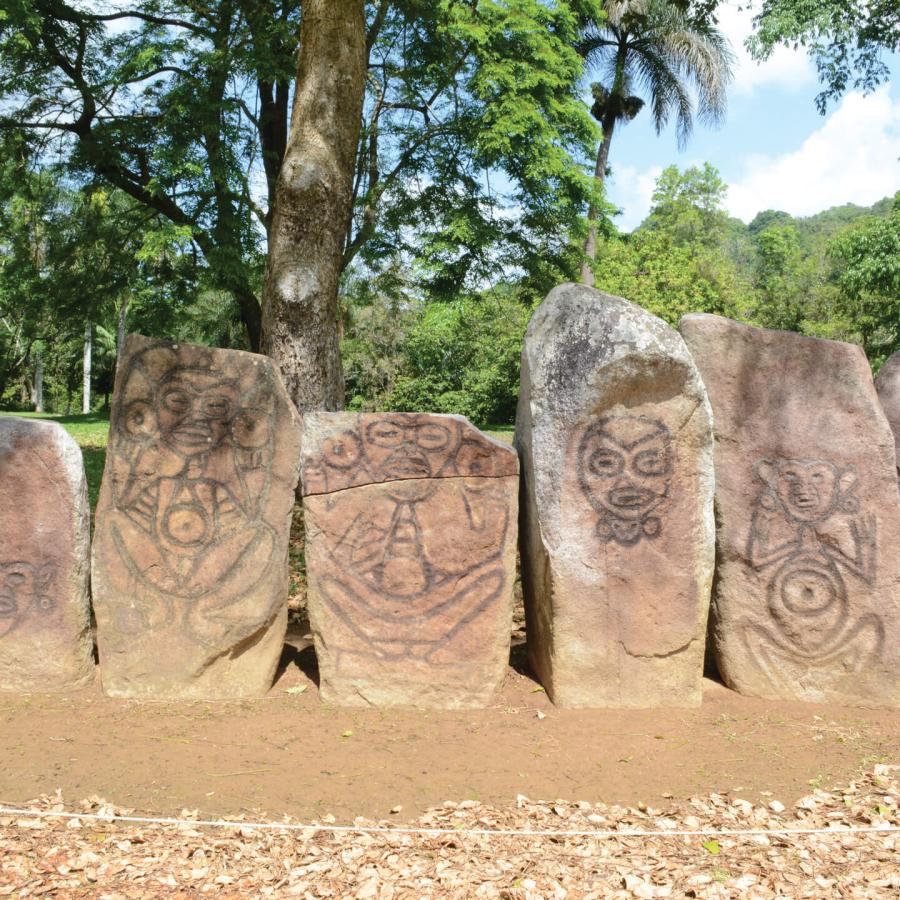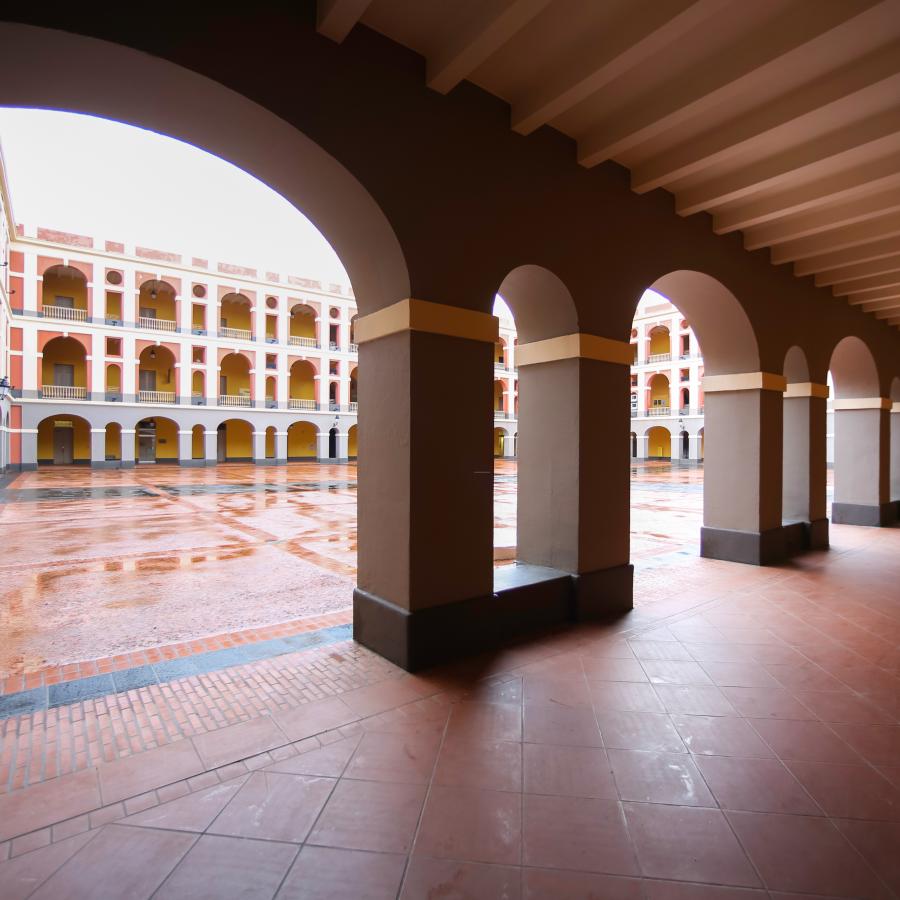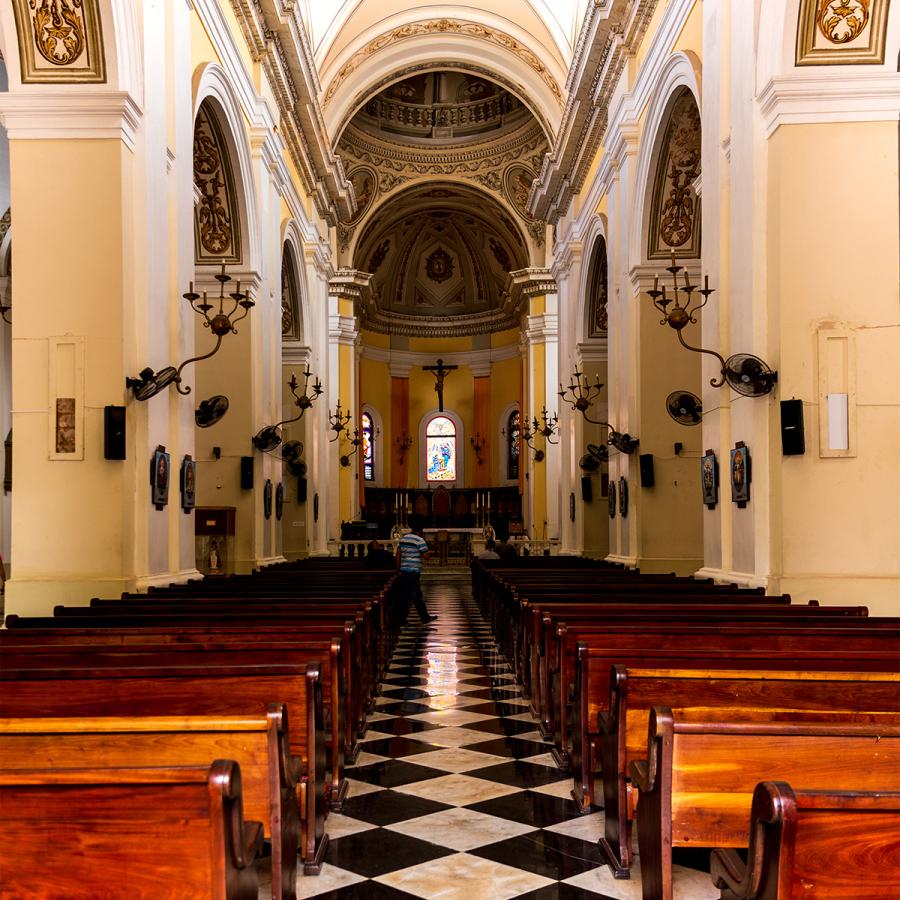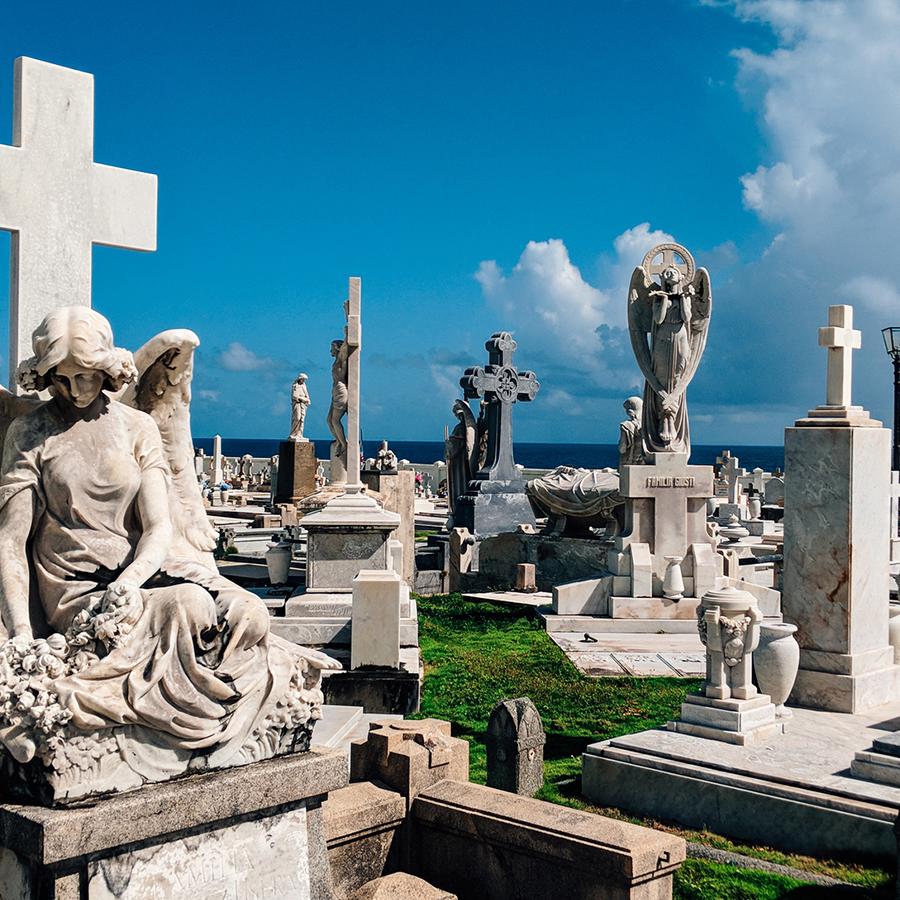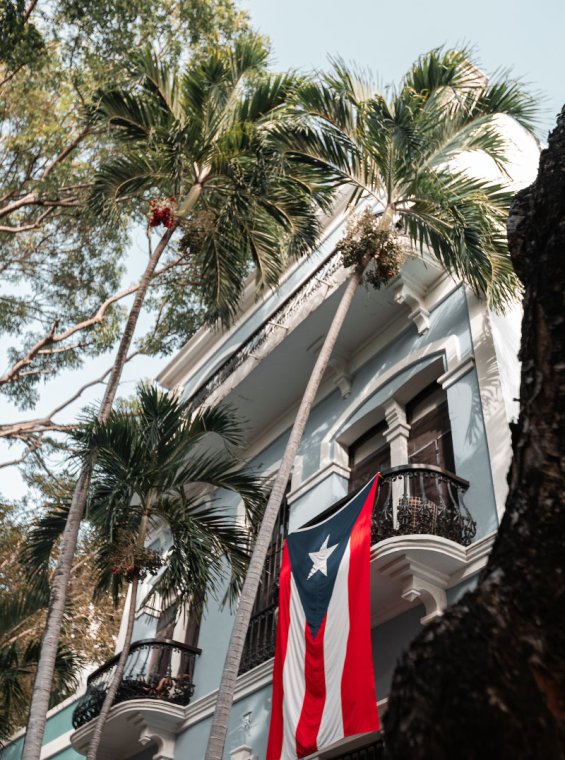A Brief History of Puerto Rico
Puerto Rico's vibrancy derives from more than 500 years of rich history and the subsequent blending of different cultures.
This fusion extends to almost every aspect of the Island's identity. From the interweaving of the Taíno, African, and Spanish traditions emerged the Puerto Rican, a new identity composed of traits from all three groups. You’ll get to explore Spanish colonial architecture and prominent centuries-old buildings, savory dishes and dance moves rooted in African heritage, and lingo that locals still use from the Taínos. Puerto Rico's identity is the very definition of a well-blended melting pot.
The Island's cultural identity is something you'll experience in every sight, taste, and sound during your stay. Read on to learn more about the history of Puerto Rico.
Jump to the directory of Historic Sites
Brief Puerto Rican Autonomy
In the late 1800s, the desire for independence from the Spanish crown boiled over in Puerto Rico. While the Spanish soldiers quickly suppressed the rebellion in San Juan, outbursts and uprisings erupted throughout the Island, which led the Spanish crown to grant autonomy to the government on the Island. This change opened trade channels with other European colonies and the United States.
